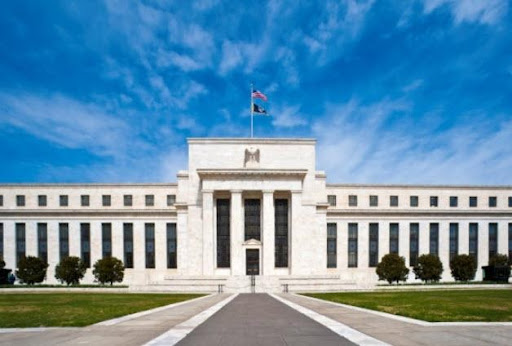Over the course of the next several months the term “tapering” will be commonly used throughout the media. Some people will say it’s a good thing and others will be fearful of it. Most people will likely not fully understand what it is and what it means. Tapering is a term used to describe the Federal Reserve’s process of gradually reducing the amount of bonds it purchases each month.
Why does the Fed purchase bonds you might ask? When the panic of the pandemic hit in March 2020, the Federal Reserve felt it needed to step in and take unprecedented actions to provide liquidity to support the economy. As a result, it cut short term interest rates to near zero and started buying both Treasury bonds and Government Agency mortgage securities in order to lower interest rates. Currently, the Fed purchases $120 billion in securities each month. Now that the economy is on better footing, the Fed would like to begin reducing the amount of those purchases. Fed followers believe once tapering starts, new purchases will decline by $10 billion each month until no more net new purchases occur. This is very important to understand – the Federal Reserve will not be selling any bonds from their portfolio and will be reinvesting the interest and proceeds from maturing bonds. This technically means the Fed’s balance sheet will continue to grow, but at a much slower rate. Therefore, the Fed is not reducing liquidity; it is simply not adding liquidity. It is logical to believe that interest rates will rise once the Fed starts tapering, but in previous occurrences long term interest rates actually declined. This may be is an indication that the market is already pricing in the effects of Fed tapering. Do not be surprised if there is some volatility in the riskier segments of the market as asset purchases wind down. But that’s a normal transition from an early to a mid-cycle economic environment, which is exactly where we are today.


